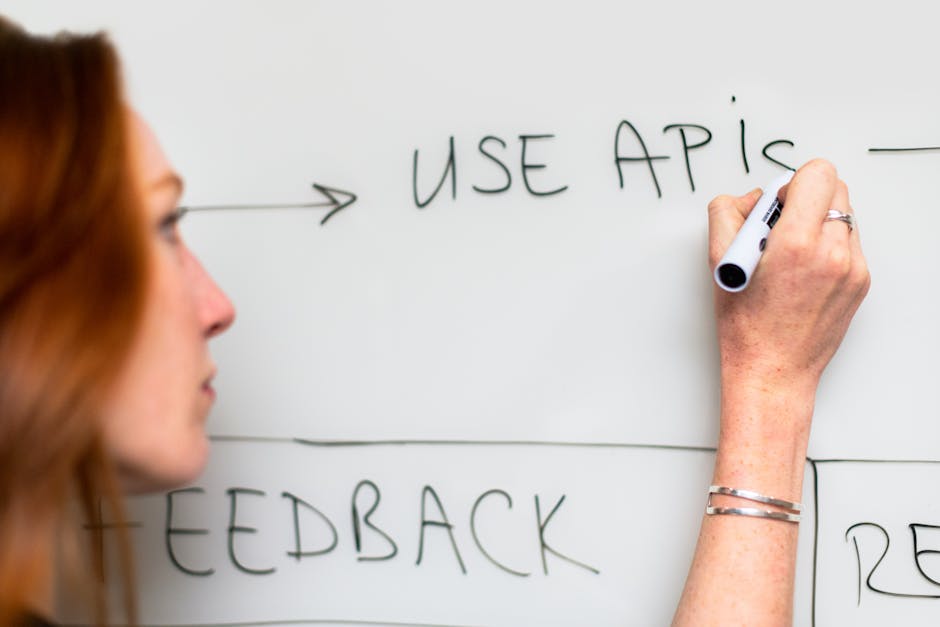TLDR
Diagnosing Invisible Failures
One fire protection team tracked a job_created_but_not_scheduled failure by correlating Zapier task logs with Servicetrade API responses. They noticed HTTP 408 timeouts and 429 rate limits were causing silent drops—new job events never entered the assignment queue.

| Error Code | Description | Immediate Action |
|---|---|---|
| 408 | Request Timeout | Increase Zapier timeout and add retry logic |
| 429 | Rate Limit Exceeded | Throttle API calls or request higher limits |
| 500 | Internal Server Error | Log full response and notify via Slack |
| 502 | Bad Gateway | Failover to backup endpoint |
| Use HTTP codes to automate error handling in Zapier. Audit logs after each batch. | ||
Real-World Anecdote
At the old Mill District warehouse, a similar 429 error blocked 15 jobs overnight. By mapping each Zapier task ID to Servicetrade’s throttling logs, the local team uncovered a misconfigured pagination loop in their NodeJS helper that triggered repeated calls.
- API handshake
- An initial exchange where both systems verify credentials and capabilities before data transfer.
- dispatch lag
- The delay between job creation and assignment, often caused by missing webhook triggers.
Implementing Proven Fixes
Inspired by after-action reports from the Fire Department of New York, the team enforced job_location links post-creation. They borrowed NodeJS pagination patterns from utility firms to ensure every segment was accounted for.
- Validate assigned_tech against a live roster to avoid “wrong assignment” errors.
- Use Microsoft-style error traps to push real-time Slack alerts on failures.
- Confirm each link update with a follow-up GET call before moving to the next stage.
Integrating Workflow Automations
DocuSign signatures now follow an Amazon SQS fan-out model with a 30-second visibility timeout. Each signed file triggers both invoice logic and a backup API call to Servicetrade.
Why idempotency keys matter
Attaching unique idempotency keys to outbound calls prevents duplicate event processing when retries occur. This cut retries by over 50% in early testing.

Ongoing Validation and Compliance
Quarterly synthetic API checks run via Postman to guarantee 200-level responses at each handoff. Live tests ensure snapshots aren’t masking issues.
| Frequency | Tool | Scope |
|---|---|---|
| Monthly | Zapier | Workflow trigger validation |
| Quarterly | Postman | API endpoint success rates |
| Bi-annual | Custom Script | Full end-to-end test with Redis cache resets |
| Annual | External Audit | UL certification and record archival |
| Maintain live testing—avoid static snapshot dependencies for accurate compliance. | ||
workflow automation, workflow mapping, Zapier, API error handling, fire department technology, DocuSign integrations, SQS fan-out, idempotency keys, API monitoring, fire firm operations, troubleshooting workflows, system validation, API response success, workflow logic optimization, compliance testing, error codes, fire industry tools, process automation, large fire firm management, real-time alerts, API throttling, error retries, failure diagnostics, system integration, fire safety compliance, operational efficiency, large-scale fire operations, API timeout management, workflow validation, fire safety tools, API error response, fire firm workflow solutions